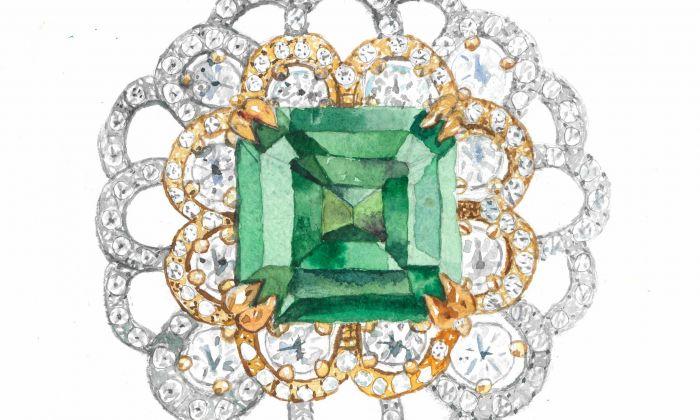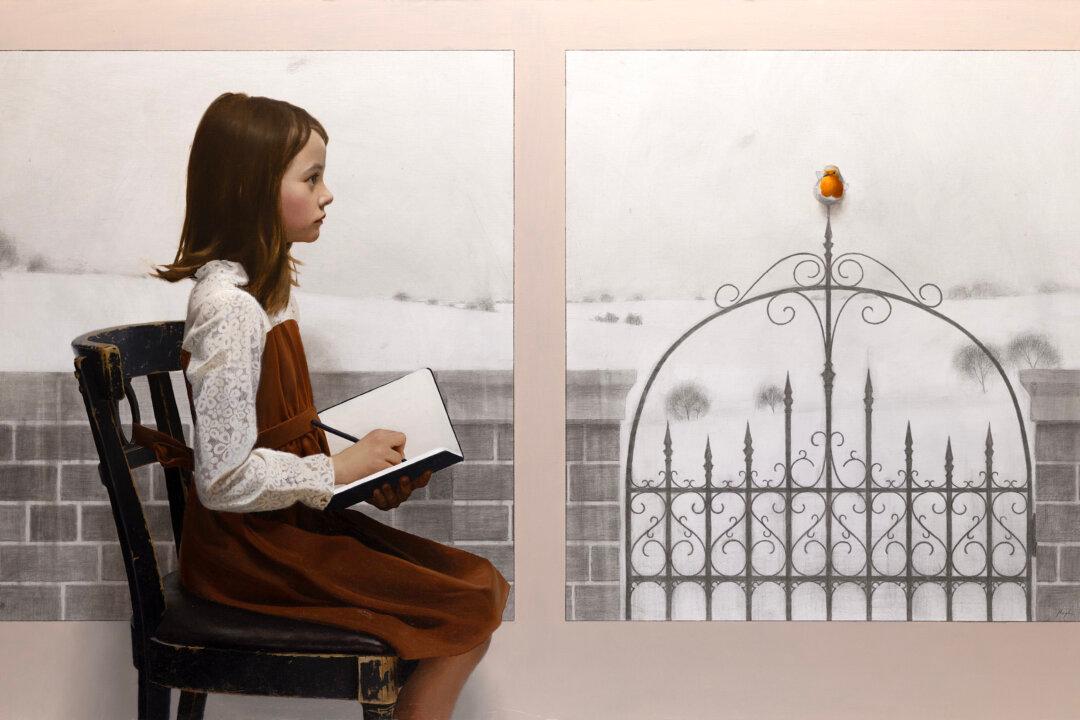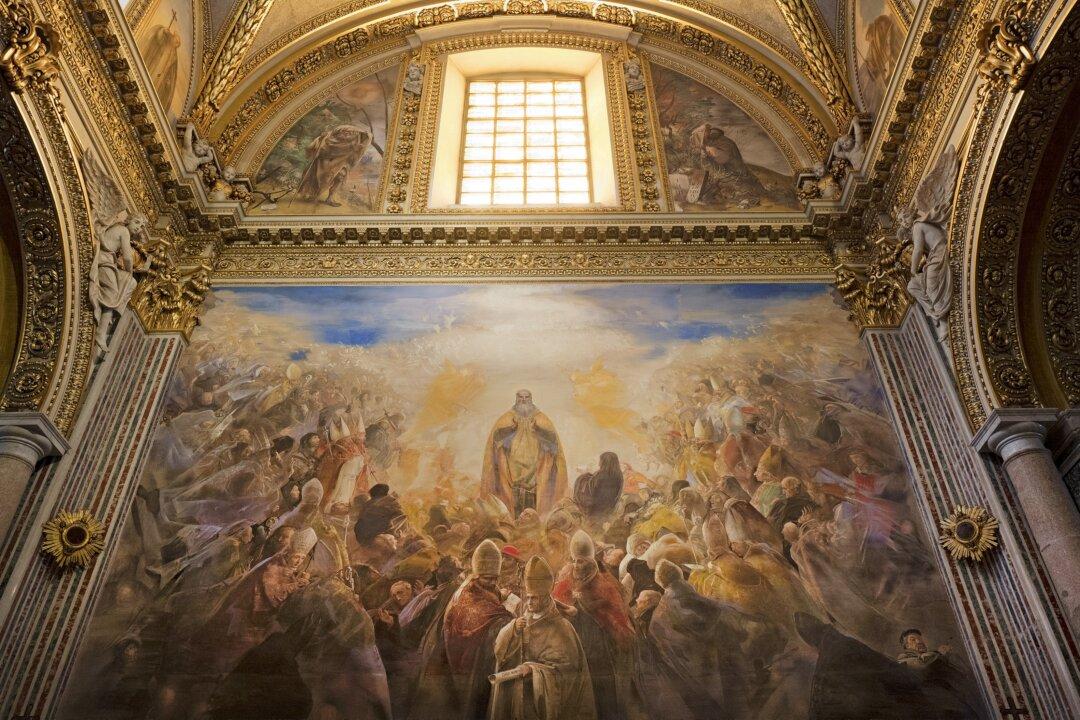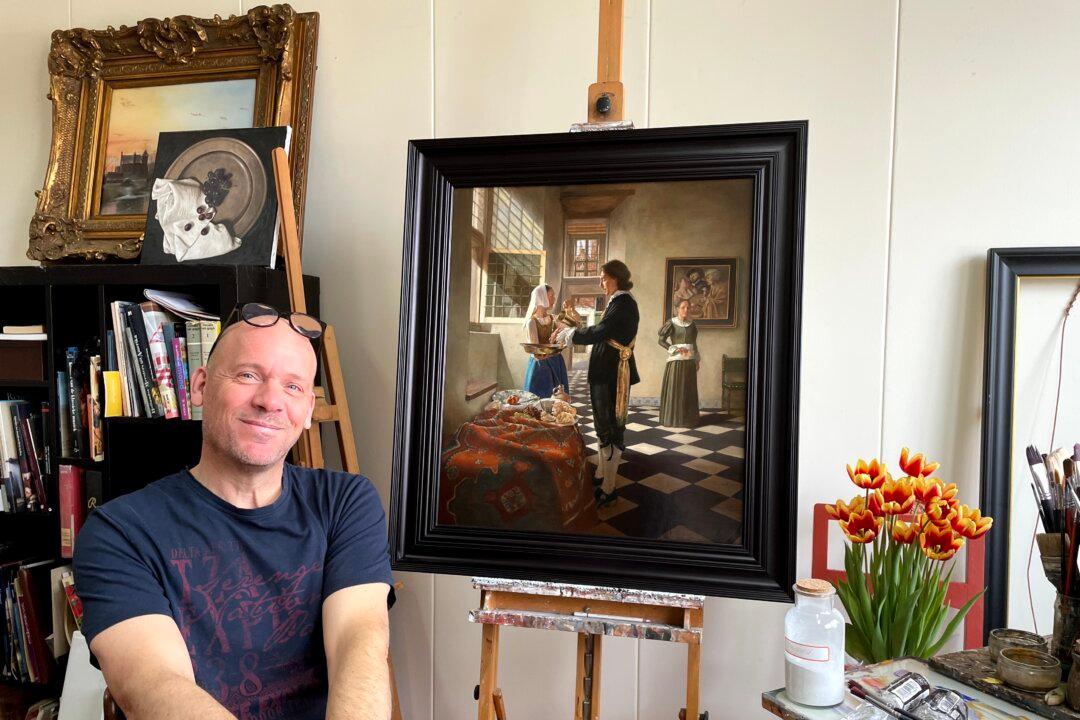Every year since 1768, the Summer Exhibition has been held at the Royal Academy of Arts in London. But any artist from around the world can submit his or her art to the prestigious exhibition in the hope of having it exhibited.
J.M.W. Turner, John Constable, and even Winston Churchill, to name a few, have had their art included in past summer exhibitions.
Now, after 251 years of the Summer Exhibition, the Academy has decided to give young artists, from 7 to 19 years old, the chance to exhibit at the Academy in an annual exhibition of their own: the Young Artists’ Summer Show. The show is sponsored by philanthropist Robin Hambro, who initiated the show.
More than 6,200 young hopefuls submitted their art, in any media they chose, and the judges whittled the entries down to just 329. “We were pleasantly surprised by the standard of the work because it’s so high,” said Mary Ealden in a recent phone interview. Ealden is the Academy’s project manager for young people and teachers.
The Academy’s new Clore Learning Center recently exhibited 139 of the artworks on-site. Ealden stressed that the on-site show was handled in the same way any of the Academy’s world-class exhibitions would be, by experts who handle some of the world’s most precious art.
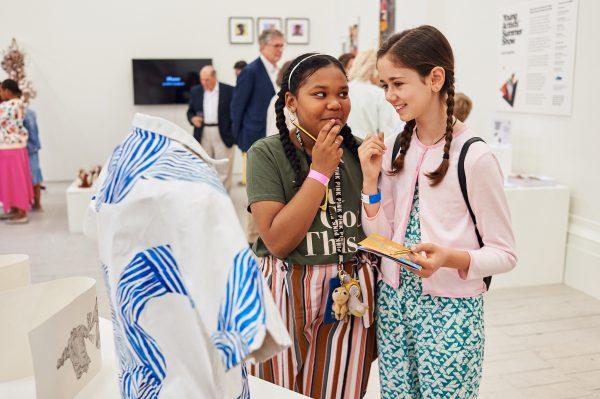
The Young Artists’ Summer Show can be seen online through Dec. 31.
Art in Education Versus Art
The Young Artists’ Summer Show is one of a number of the Academy’s learning programs to engage and inspire young artists and to support teachers.Ealden explained that in the UK, art is being pushed out of the classroom because art isn’t seen as important as science, math, or English. As a consequence, “teachers don’t have the support that they need to engage young people in art. It’s become a bit of a crisis at this point in time,” she said.
The Young Artists’ Summer Show seems to be having a positive impact. Teachers often told Ealden how some of their less academic students, who were unable to engage with math and the sciences, had gained a newfound confidence after they'd won a place in the show. They even became more popular at school as they’d won something “cool.”
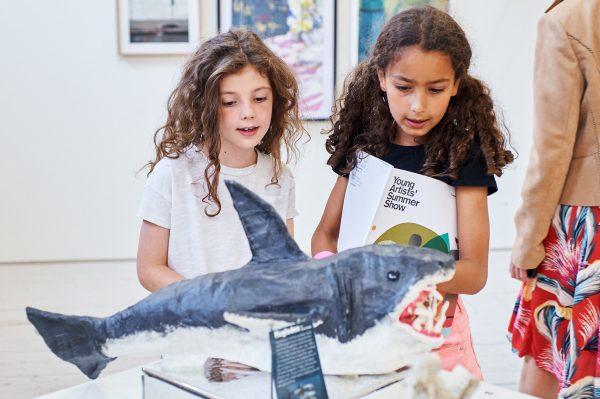
Through the exhibition, teachers learned new ideas for their classes and said that a lot of the art they saw had been created outside of the curriculum and without the teacher’s provisions, Ealden said.
The experience of making such unconditional art is invaluable. Especially as children are facing an enormous amount of pressure at school in terms of tests and performance evaluations, Ealden explained.
“The majority of these artworks that have been submitted aren’t artworks that would be in a final exam; these are artworks that these young people have created because they love art,” she said.
Unbelievable Children’s Art
The 329 artworks in the online exhibition offer an interesting window into the lives of young artists. Many adults can’t believe the art has been made by children, Ealden said.The judges even had to double-check the age of Tom Bouwknegt, who painted “Emerald Jewelry.” They couldn’t quite believe a 9-year-old had made the astonishingly detailed piece; they thought his mom had made a mistake on the application form. She hadn’t.
Clearly, the show has some outstanding artwork by overtly talented young artists. Then there’s “other artwork that is just so wonderful, joyful, and innocent that it almost doesn’t matter what the quality is like. It’s more about just the experience of seeing that [artwork] having been made. It’s just wonderful, really wonderful,” she said.
But make no mistake; the art in this young artists’ show is “not kids with crayons coloring in between the lines,” Ealden said. “These are really powerful images that they’re making without any need of a prompt or anything. It’s just coming out of their own mind. It’s wonderful. It’s really lovely.”
Because the work has all been made by young people, “there’s an element of innocence there which doesn’t exist in the adult world; there’s no agenda,” Ealden said.
Perhaps this is because the young artists’ works aren’t made for personal gain, employment, or publicity, as may be the case in the art submitted to the Summer Exhibition. The art in the Young Artists’ Summer Show is, mainly, art made purely for the love of it.
Pure Art by Young Artists
Some of the younger artists captured the joy of beauty.‘My Cat,’ by Virginia Greco, age 11
“My cat is so beautiful and so I wanted to paint a picture of her,” Greco wrote in her artist statement.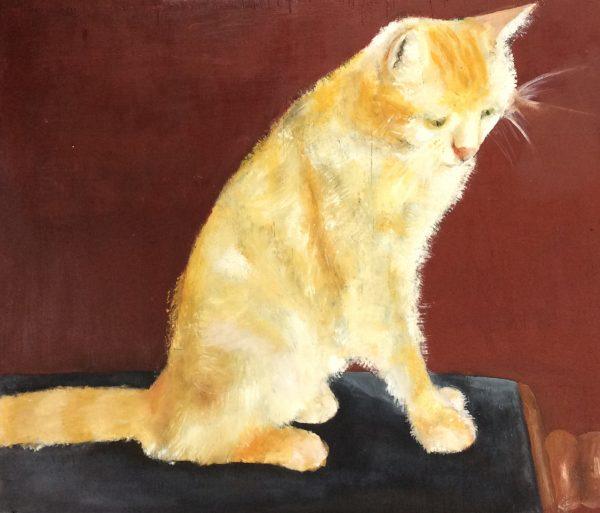
‘Emerald Jewelry,’ by Tom Bouwknegt, age 9
“This is a piece of emerald jewelry painted with watercolors. Tom loves painting and tried different media, watercolor being one of the most difficult. Tom loves green color, he loves crystals and he got attracted to this piece of jewelry due to its beauty. It took Tom lots of hours to complete this piece of artwork, so he is full of determination too!” wrote Bouwknegt’s mom in his artist statement.Tom’s artwork is the piece that perplexed the judges, leading them to double-check his age.
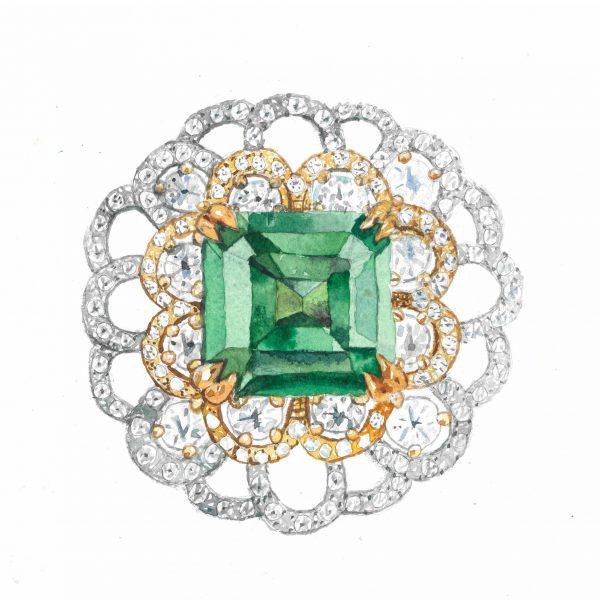
Reflective Art
Some of the older students’ pieces were inspired by Renaissance art.‘Me and My Sister,’ by Annie King, age 15
“This is a painting of my twin sister, Holly, and myself. In preparation for this piece, I researched the work of artists who had made double portraits during the Renaissance,” wrote King in her artist statement.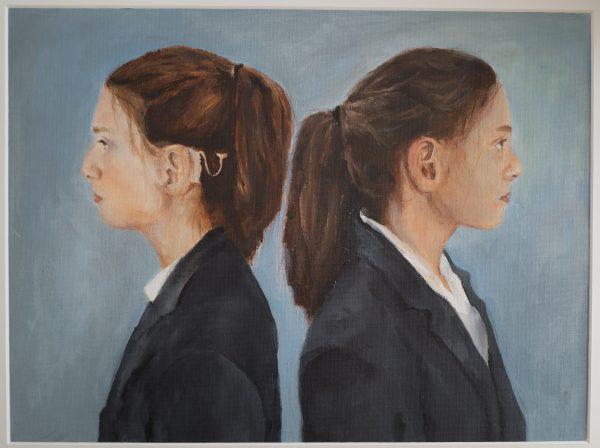
King’s portraits are in profile view, a style that Italian Renaissance artists favored (whereas artists north of the Alps preferred three-quarter-view portraiture). The profile view can be seen in Fra Filippo Lippi’s “Portrait of a Woman With a Man at a Casement.” The painting is the earliest surviving double portrait from the Italian Renaissance and the first that depicts a domestic setting.
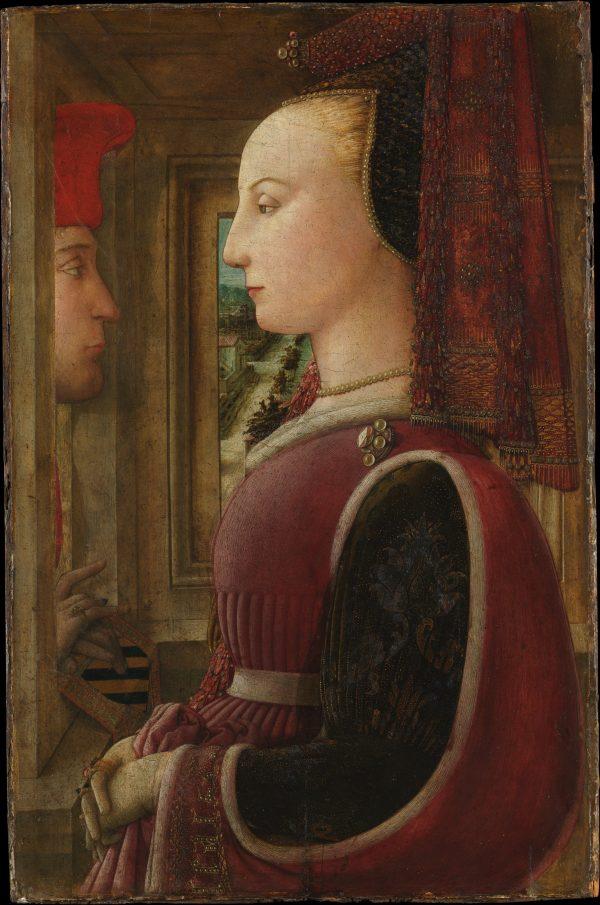
Lippi painted his two figures face to face, but the King twins are back to back. In both paintings, the facial expressions show a similar serene but blank look of contentment. “Me and My Sister” hints at the sisters’ identity. They are clearly in their school uniform. One can be seen with a hearing aid, but nothing else gives away who they are. Are their personalities as identical as their appearance?
‘The Time Traveler,’ by Leo Osipovs, age 18
“My main inspiration lies within the Caravaggism movement and chiaroscuro. I am promoting the relevance of classical art in a modern context. People still have passions that someone in the time of Baroque Art would have. They experience affection and jealousy—two of the main emotions showed in this painting, just as a Renaissance person would have: it is for this reason that I feel my title is appropriate,” Osipovs wrote in his artist statement.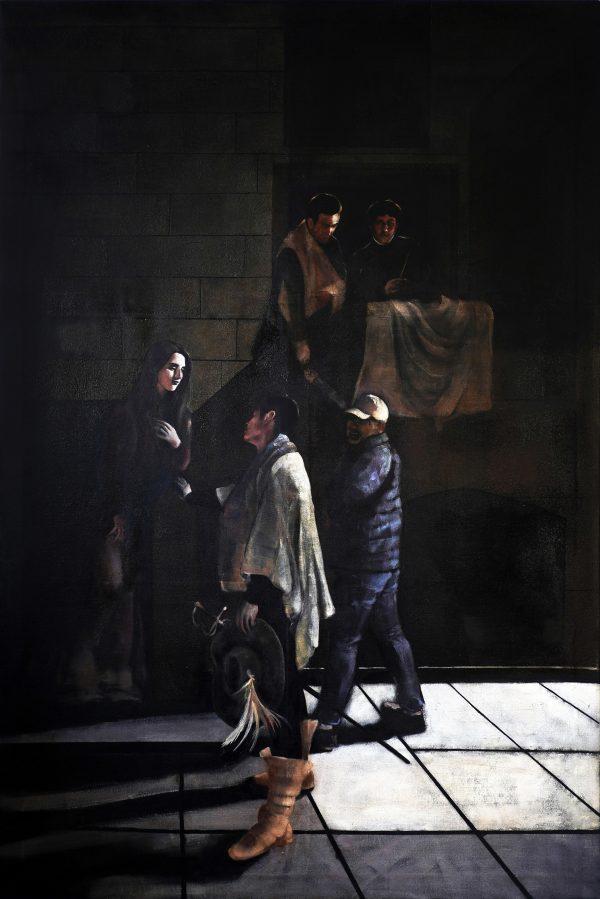
Caravaggism is the 17th-century movement that emulated Caravaggio’s painting style after he died. Known as Caravaggisti, Caravaggio’s followers painted in his naturalistic style, using light and shade (chiaroscuro). But for dramatic effect, they created extreme contrasts between light and shade: a technique called tenebrism. Artemisia Gentileschi’s painting “Judith and Her Maidservant“ at the Detroit Institute of Arts shows the technique well.
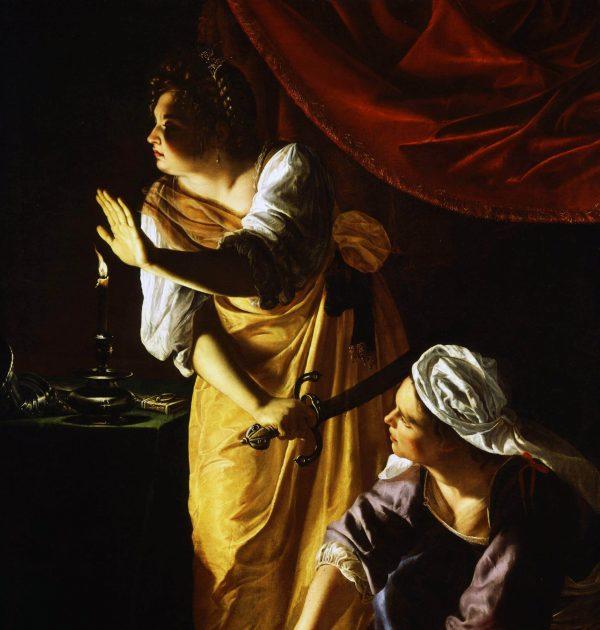
In Osipovs’s painting, he uses natural light from what looks to be a doorway. The male figure in the foreground makes us wonder if he is from our time or Renaissance times. His feathered hat and cloak could be from either era. Maybe that’s the point he’s making: The clothes and our environment may differ, but our human nature is eternal.
To find out more about the Royal Academy of Arts Young Artists’ Summer Show online exhibition, visit YoungArtists.RoyalAcademy.org.uk

